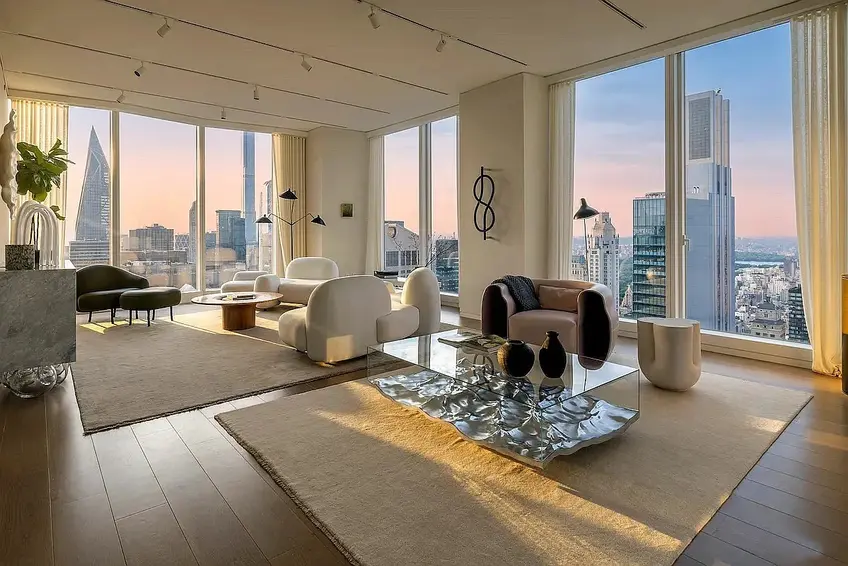 Model unit at Selene, 100 East 53rd Street (Corcoran Group)
Model unit at Selene, 100 East 53rd Street (Corcoran Group)
Model units showcase not only the dimensions but also the promised finishes, fixtures, and appliances of the development. In the ever-growing demand for turnkey living, competing luxury developments often take it a step further, presenting fully furnished, meticulously designed, and thoughtfully accessorized units available for purchase. Dive into our guide to learn how to navigate a model unit walkthrough and discover some of the city's most impressive offerings.
In this article:
"A model apartment can become a showcase for evolved ideas, bridging the worlds of gallery exhibits and interior-designed homes."- Jean Lin, founder of Colony
What to Look For When Doing a Walk-through
Top Six Considerations When Visiting a Model Unit
Dimensions: Many developments provide access to just a couple of model units, which may not perfectly mirror the dimensions and layout of your prospective unit. Nevertheless, visiting these models remains a valuable exercise. It's the ideal time to ensure your larger pieces of furniture or art will comfortably fit in the space. Yet, don't solely fixate on the unit's overall size; often, the layout holds greater significance than its square footage. When touring the model unit, pay attention to how the space is utilized. Are there areas that seem underutilized or have no clear purpose? Does the living space feel disproportionately vast compared to other sections of the unit? Can you identify any corners suitable for a home office setup?
Floors and Countertops: Architectural renderings provide a projection of a unit, but they may not entirely reflect the reality. In contrast, model units present a unit's features within a real context. These model units are designed to make a strong impression on potential buyers. That's why it's crucial to closely examine the quality of finishes in the model unit, such as floors, moldings, and countertops. If these finishes appear subpar in the model unit, they are likely to be even worse in the units that are still under construction. If you're uncertain about distinguishing between materials like granite and marble or solid hardwood and engineered wood, consider bringing your agent along for the walk-through. Most agents have a discerning eye for finishes and can verify whether the model unit uses the materials promised by the developer.
Appliances: Like finishes, appliances can range significantly in appearance, price, and quality. Consider it a red flag if you walk into a model unit and the developer has installed lower-end appliances. Also, if the developer promised Energy Star appliances, ensure all the appliances have an Energy Star rating since the installation of energy-efficient appliances will also impact your tax liability.
Fixtures: In a condo unit, fixtures like faucets, doorknobs, and lights come in varying qualities and price ranges. For instance, bathroom sink faucets can be as affordable as $150, while designer options can exceed $3000. When you visit a model unit, it's essential to confirm that the developer has indeed installed the fixtures they've promised and that these fixtures align with your preferences and aesthetics. Regarding lighting, also take note of where lights have been installed. The installation of recessed lighting can cost at least $500 per light on average. So, if the developer hasn't thoroughly addressed this detail, it could potentially increase your overall move-in expenses.
Closet and Storage Space : In New York City, closet and storage space are often sacrificed to create larger living spaces. When you tour a model unit, take a close look at the closet and storage space available. Check if there's a closet near the entrance, and whether each bedroom, as well as the kitchen area, has sufficient closet space. Don't forget to inquire about additional storage areas, such as a designated linen closet. While closet and storage space might not be your top concern during the visit, it's important to ensure you have enough room for items like a vacuum cleaner, mop, or off-season linens. Addressing these needs now can help you avoid any storage headaches later on.
Craftsmanship : Even if you're not well-versed in construction, you can still spot signs of poor craftsmanship. While exploring the model unit, take a closer look at the details. Are the moldings neatly done? Does the paint job impress you, or does it seem like it could have been done with more care? Examine the kitchen cabinets – do they appear to be finely crafted, like they were custom-made for this unit, or do they have a mass-produced look? Check the functionality of kitchen drawers and cabinets. Also, inspect the kitchen and bathroom tiles – are the grout lines consistent in both size and color?
The quality of craftsmanship can vary depending on the condo's price range. However, model units are designed to impress potential buyers, so if you notice subpar craftsmanship in the model unit, it's likely that the actual units under construction will also have similar issues.later on.
Design and Condo Model Units
However, the real estate market, especially in the luxury segment, has witnessed a shift in recent years. As a 2022 article in Architectural Digest emphasizes, these units are simply no longer the product of thoughtful staging. They have evolved into much more than showrooms, becoming showcases for sophisticated design concepts, blending the worlds of art gallery exhibits and finely crafted interiors.
As Jean Lin, the creative mind behind Colony, points out, "A model apartment can become a showcase for evolved ideas, bridging the worlds of gallery exhibits and interior-designed homes." This perspective is shared by many other designers working on luxury model units. The once sterile and uninspiring showrooms have transformed into spaces that give potential buyers a vivid glimpse of what their future home could look like, particularly for those willing to invest in elevated interior design.
See below several model units in currently selling developments and keep reading Market Insight to discover where to find some of the city’s most stunning new development residences.
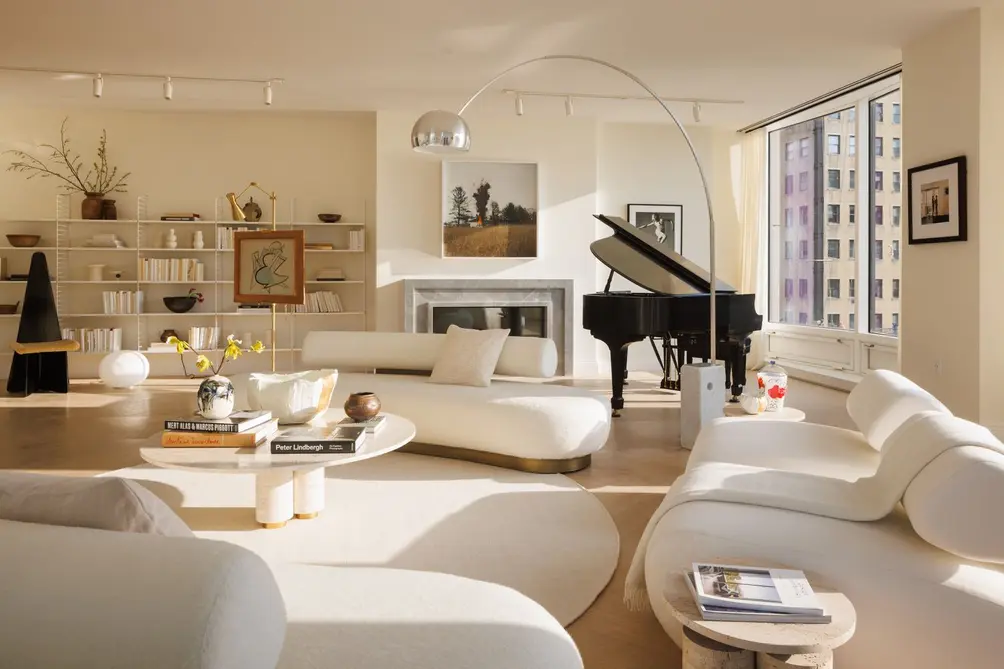 Model unit at One Wall Street (Compass)
Model unit at One Wall Street (Compass)
Select New Development Model Homes
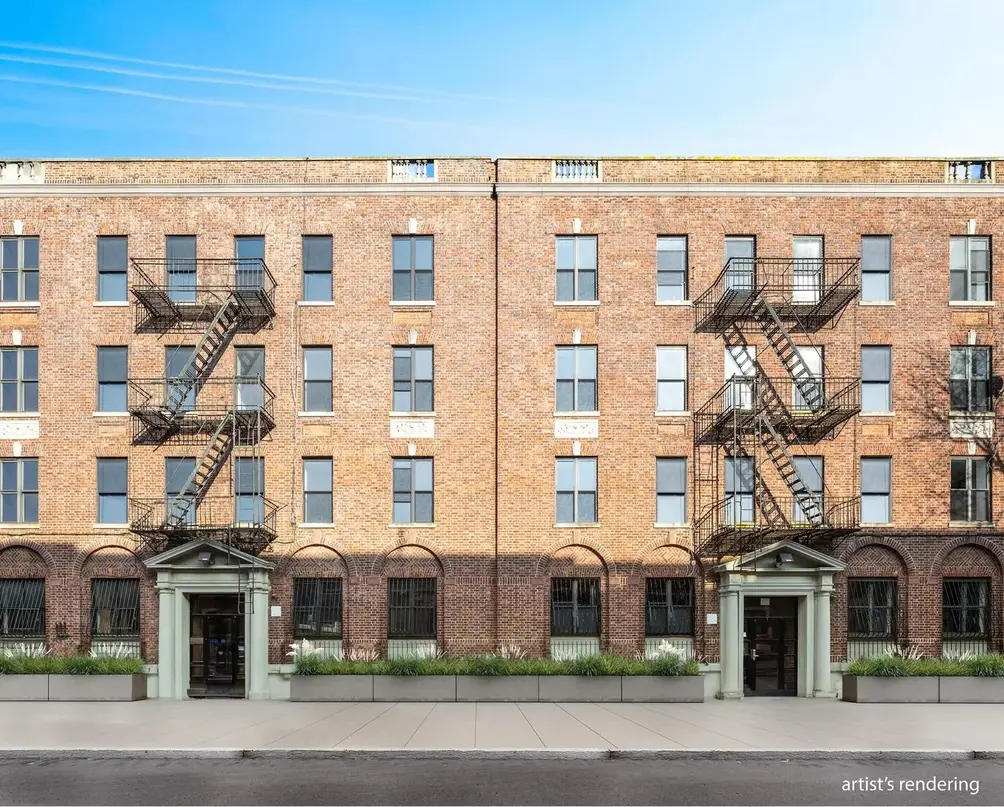 39 Argyle Road
39 Argyle Road
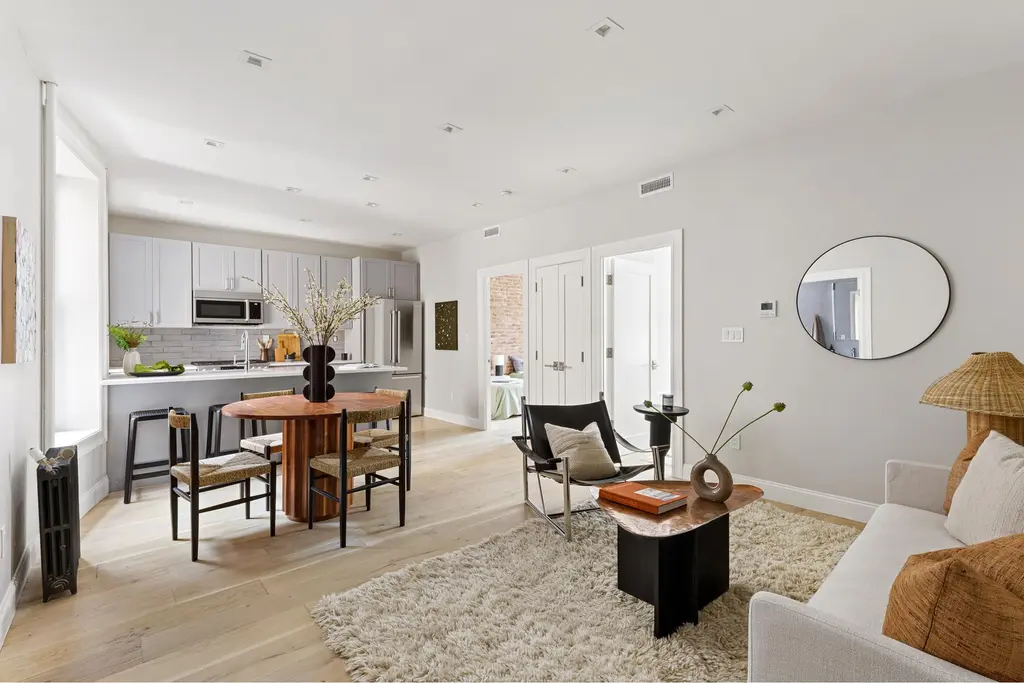
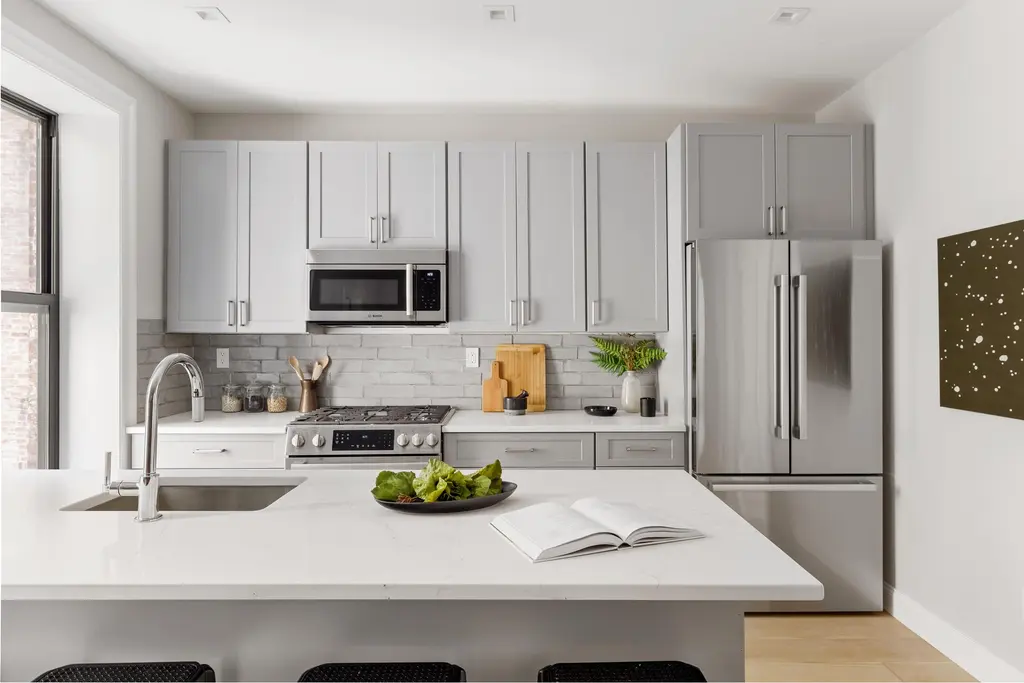
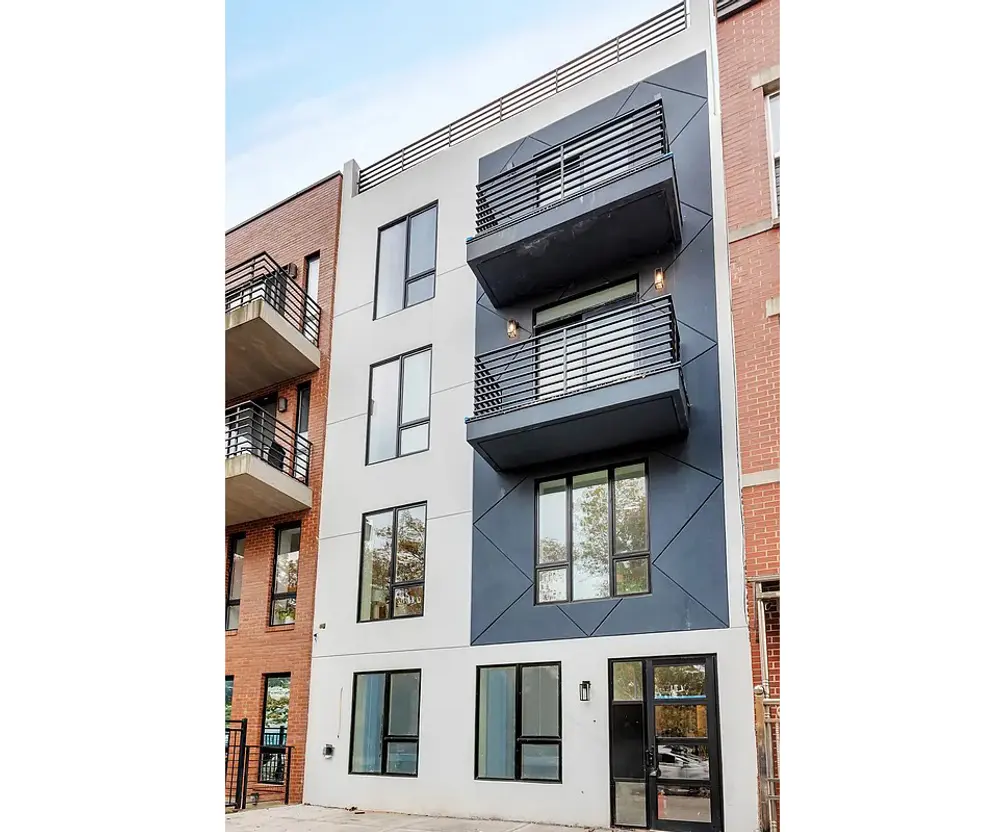 88 Marion Street exterior
88 Marion Street exterior

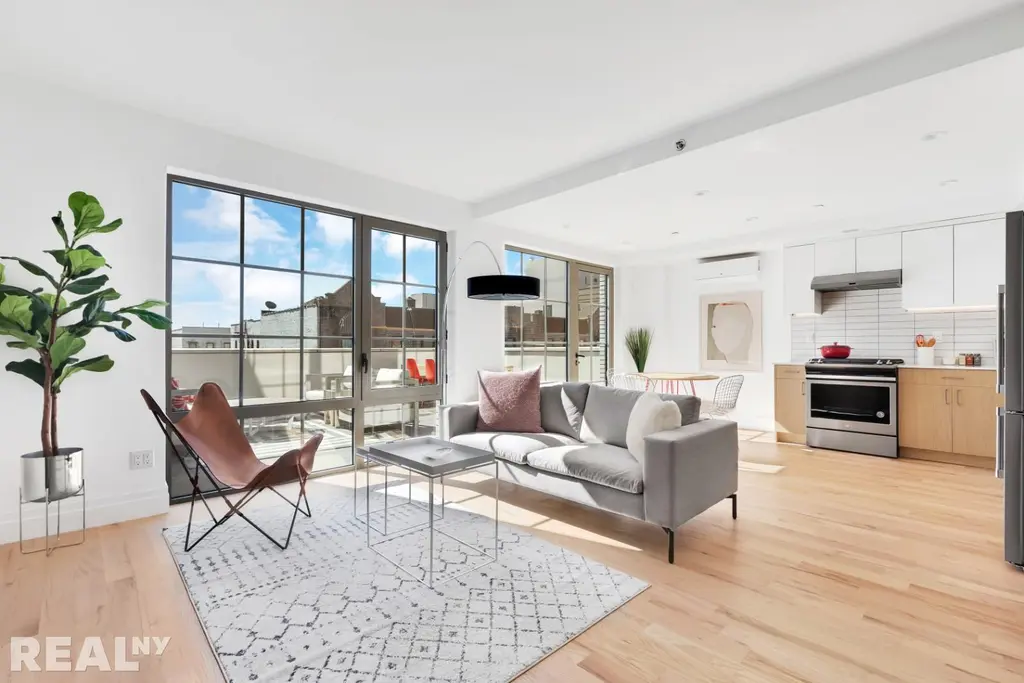
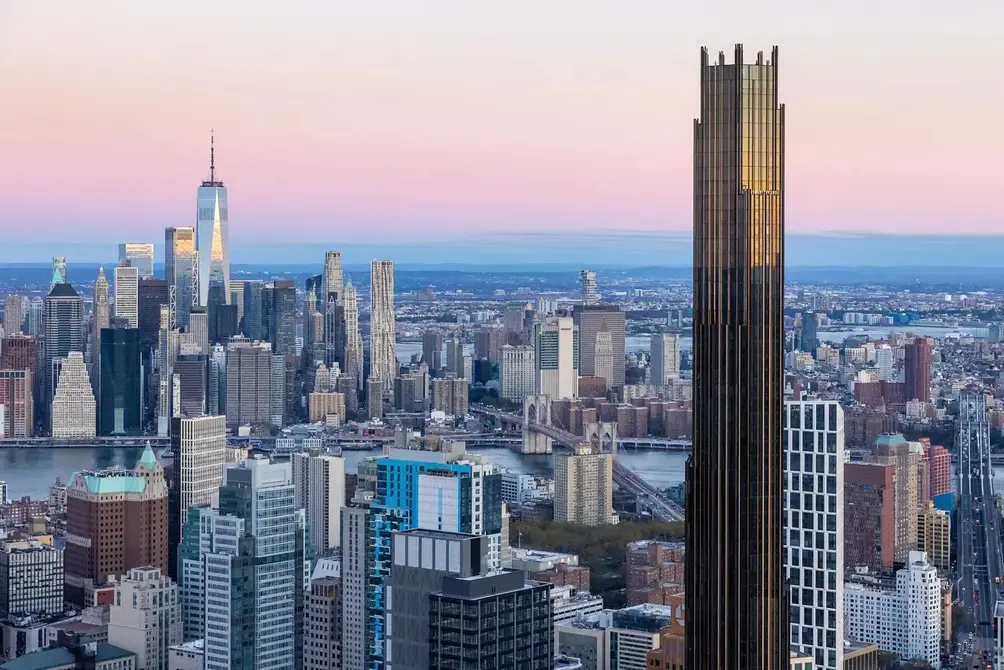 The Brooklyn Tower
The Brooklyn Tower
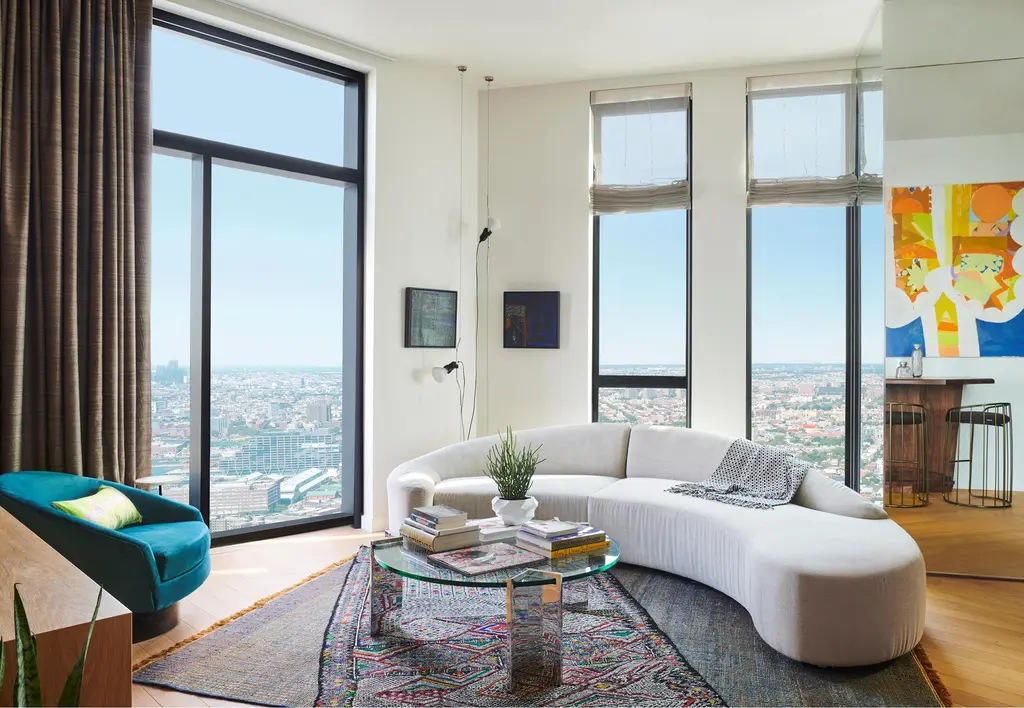
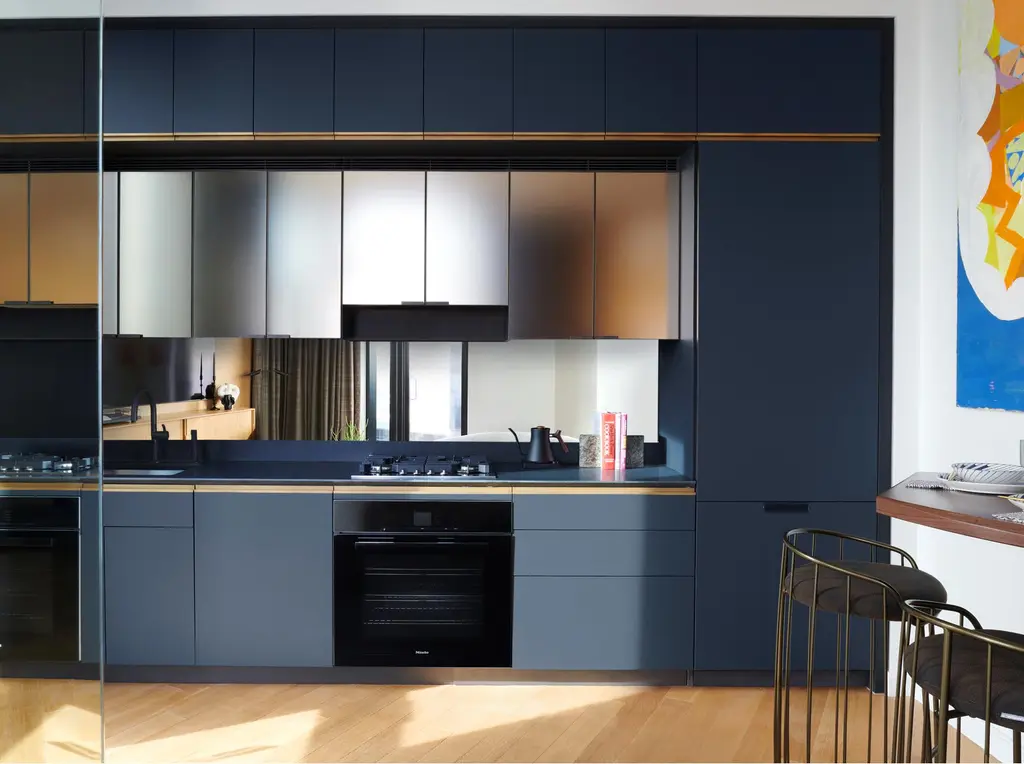
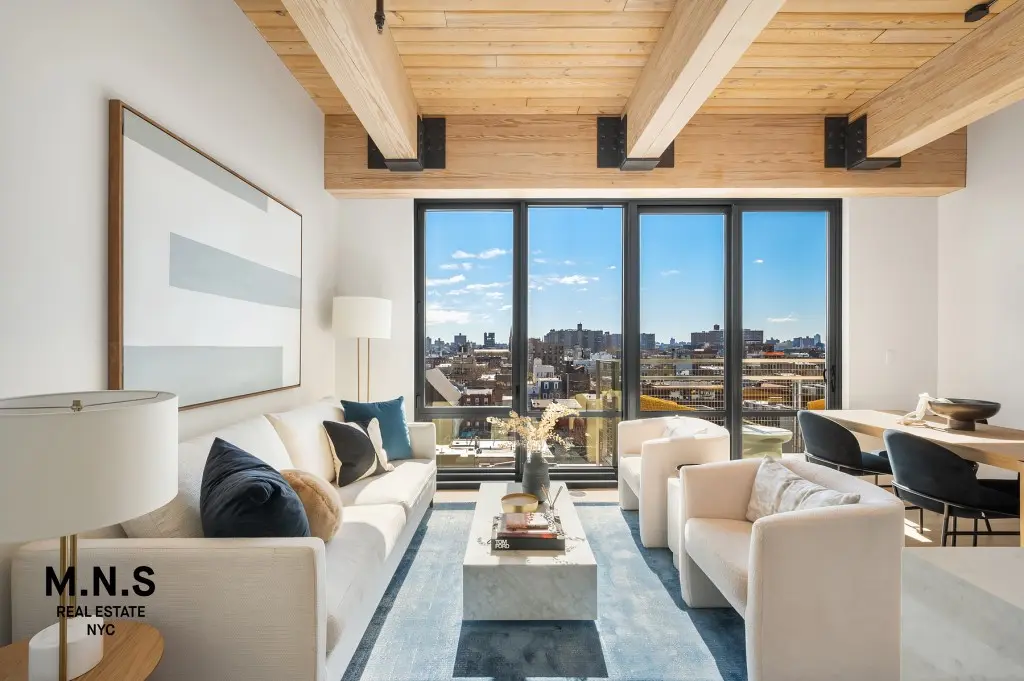
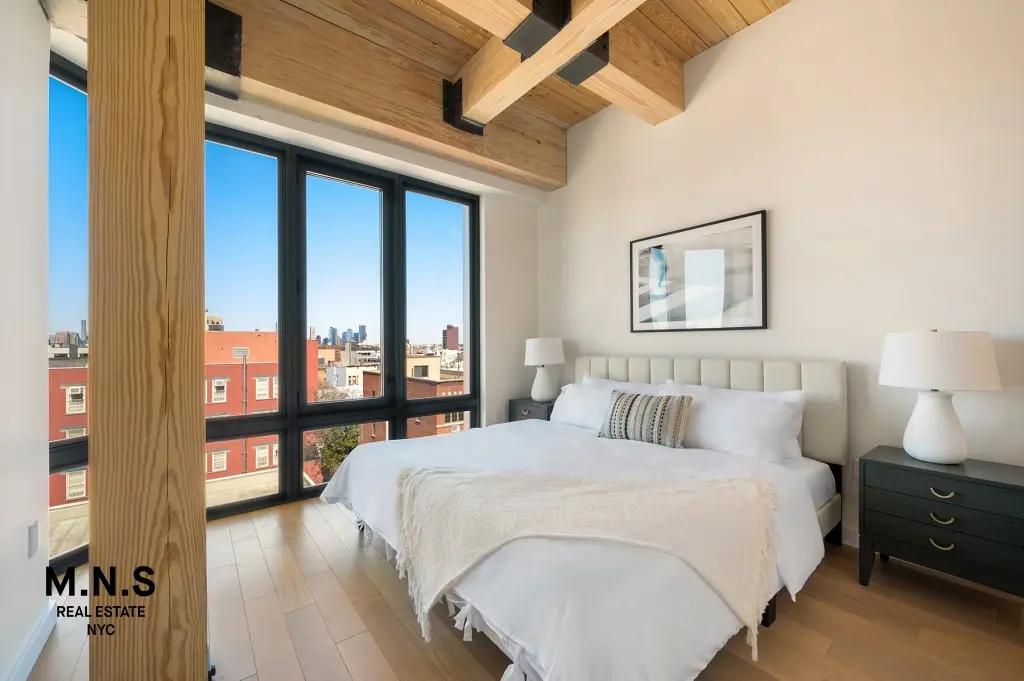
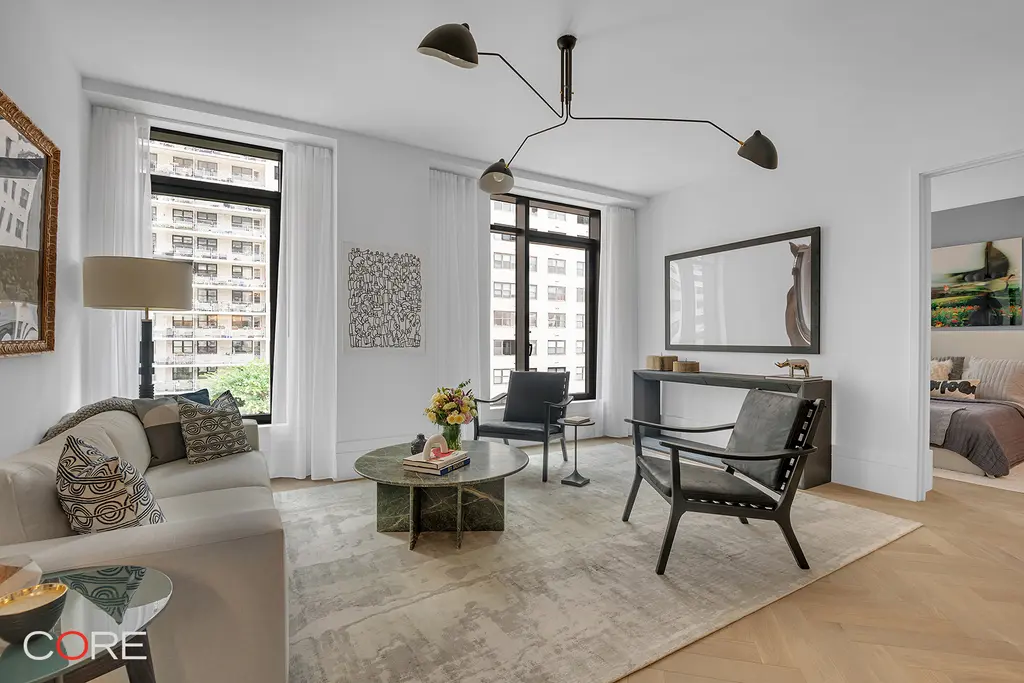
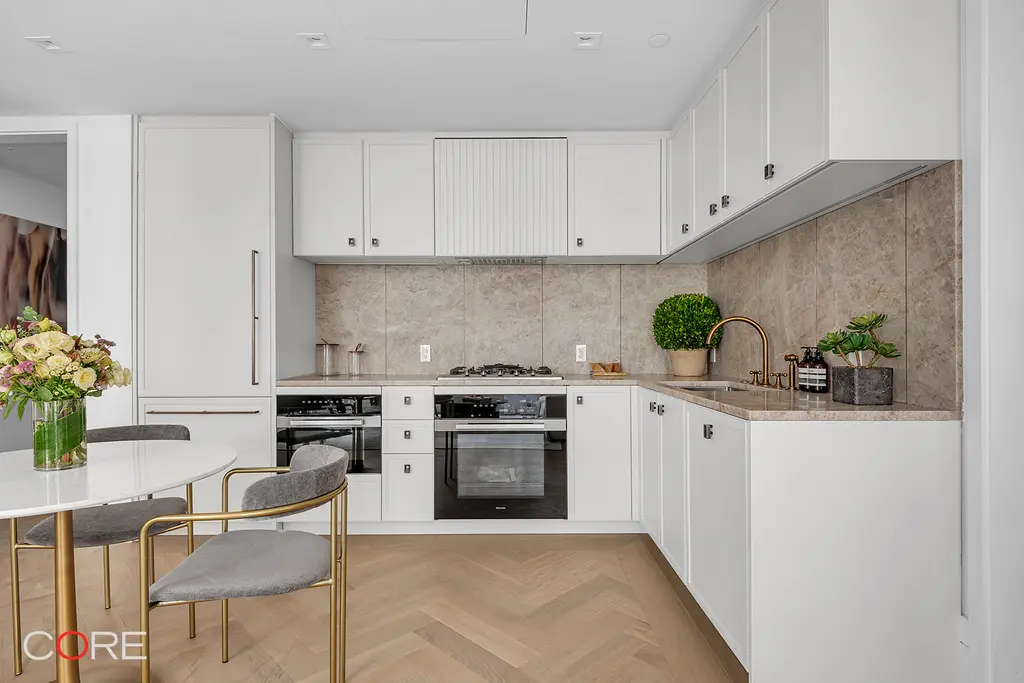
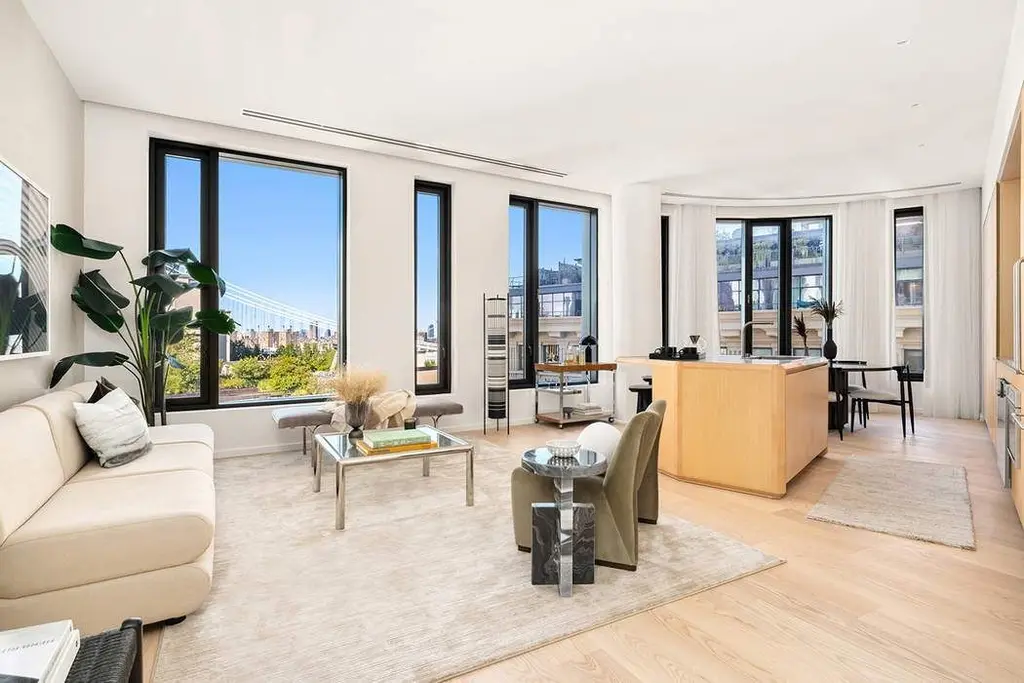
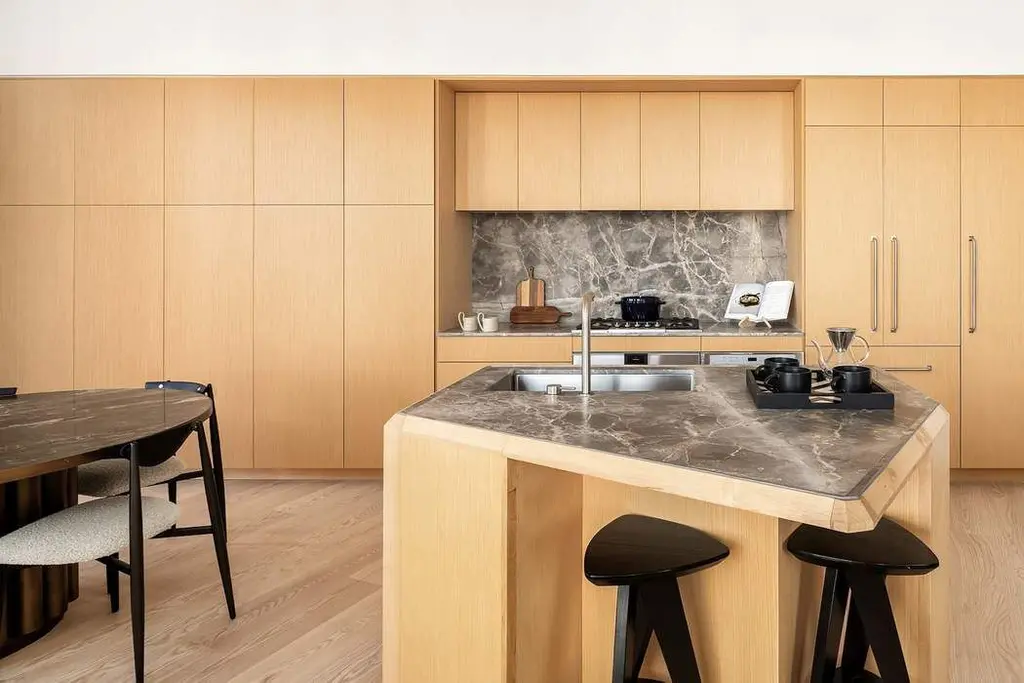
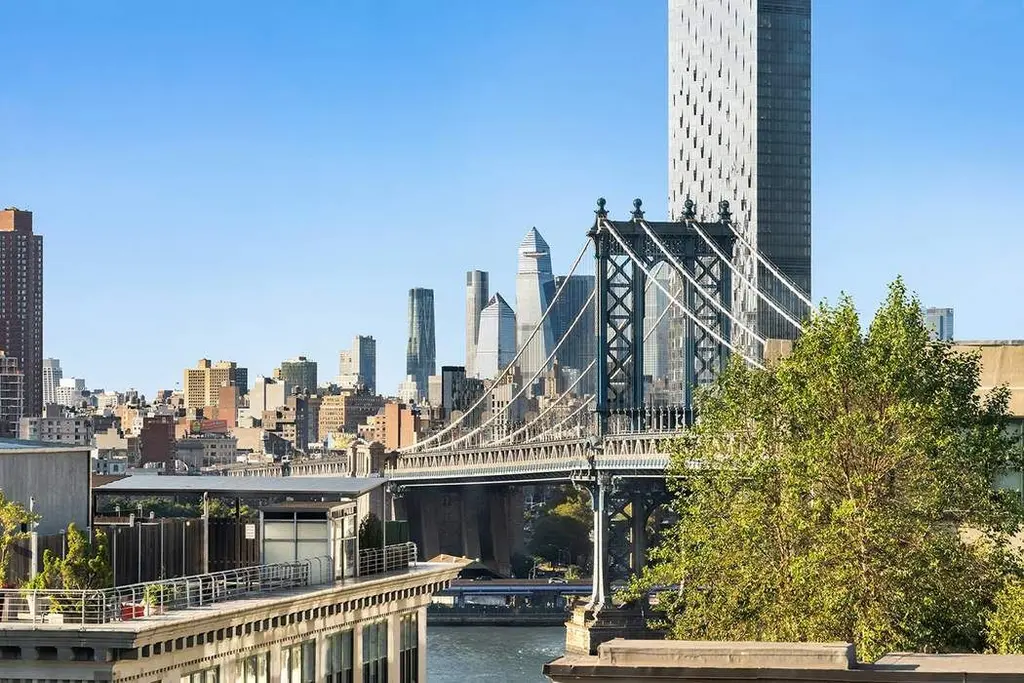
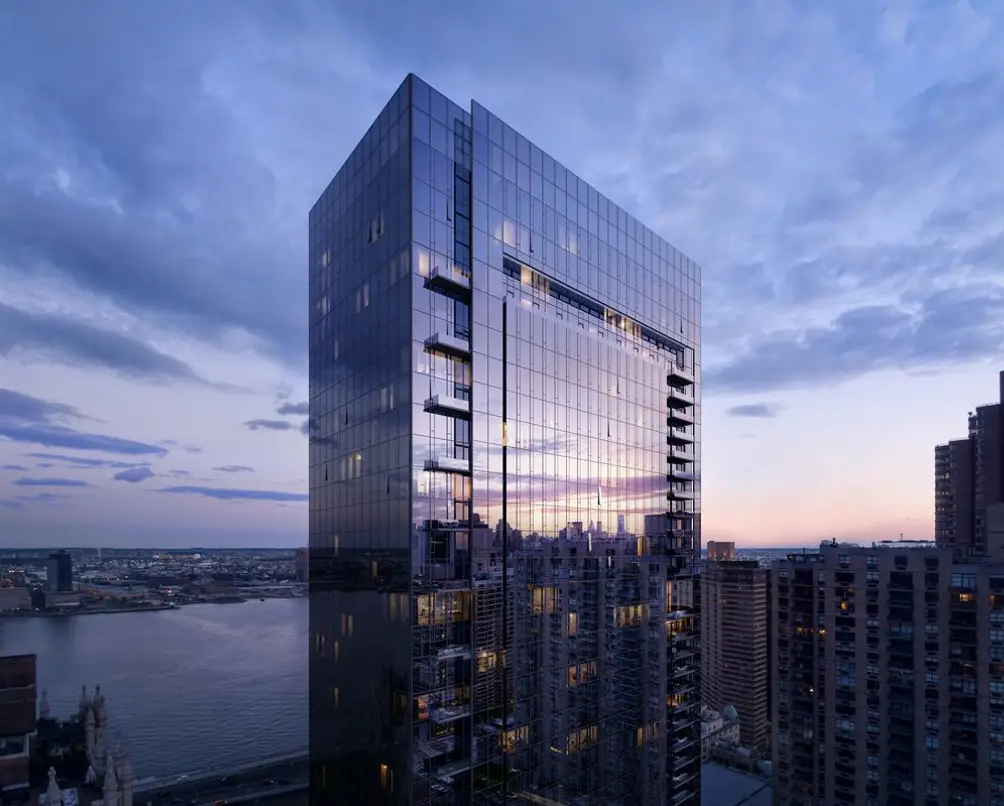 One United Nations Park
One United Nations Park
One United Nations Park, #28A
$3,995,000
Murray Hill | Condominium | 3 Bedrooms, 2.5 Baths | 2,134 ft2
The Westly, #8A
$4,375,000
Riverside Dr./West End Ave. | Condominium | 3 Bedrooms, 2.5 Baths | 1,997 ft2
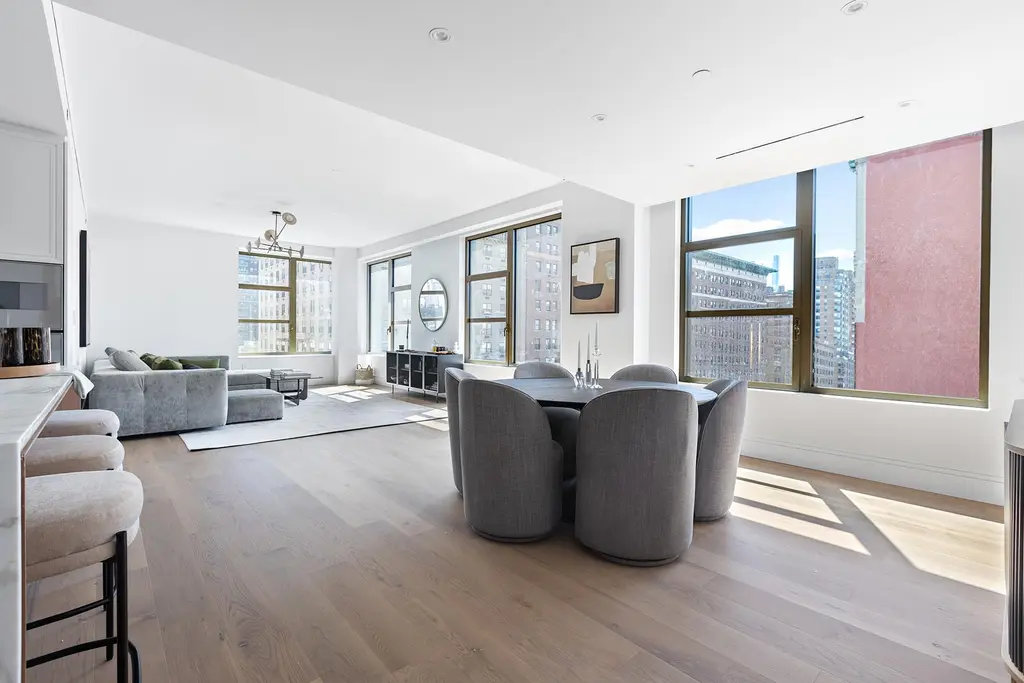
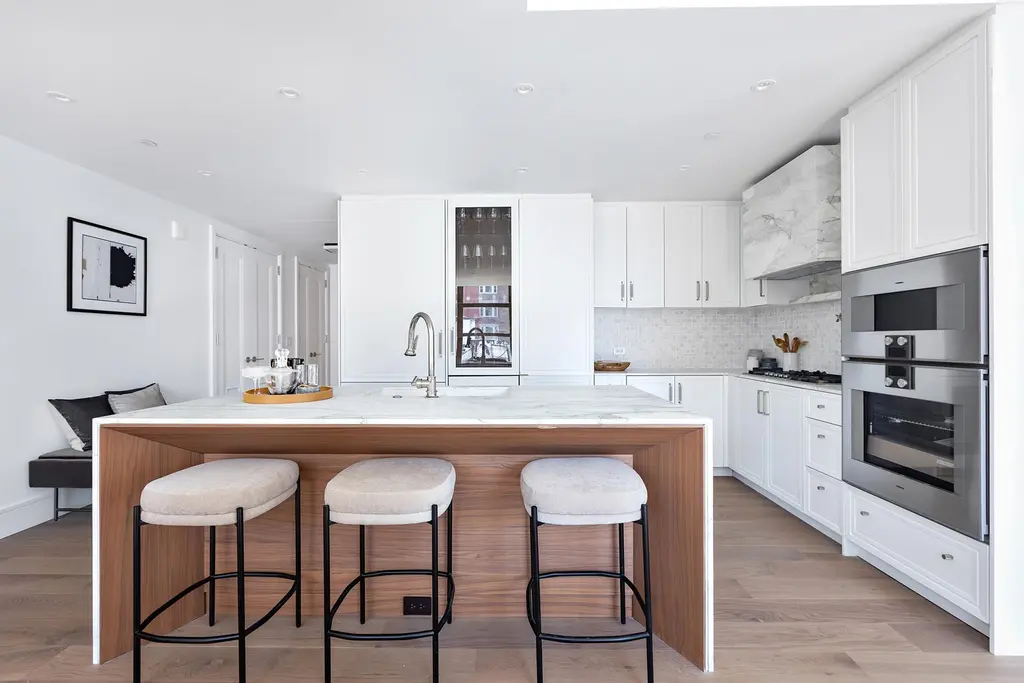
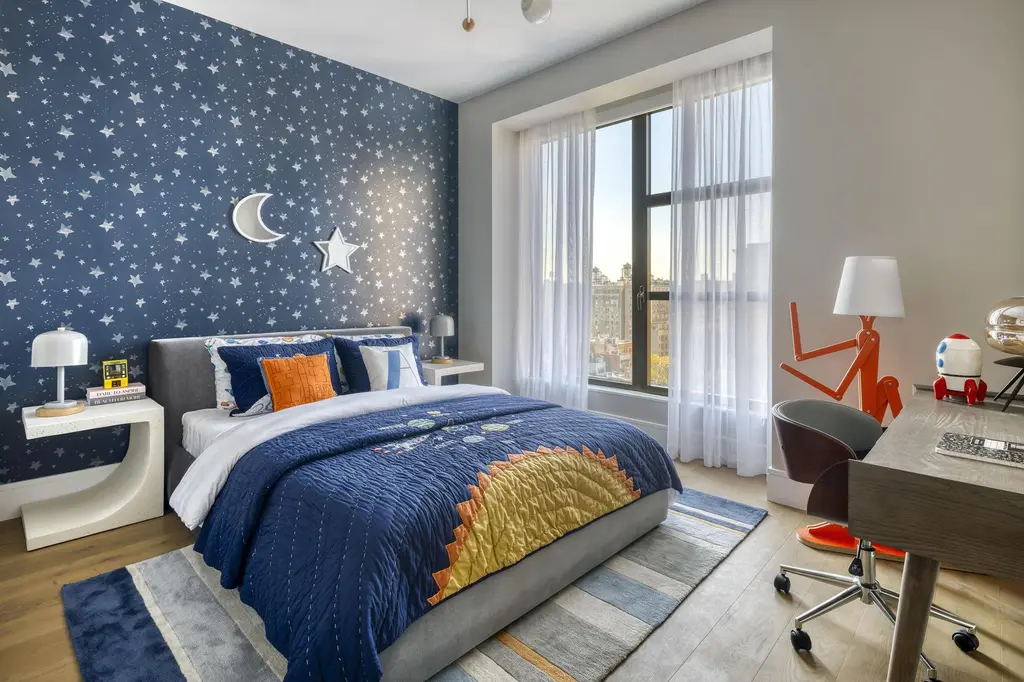
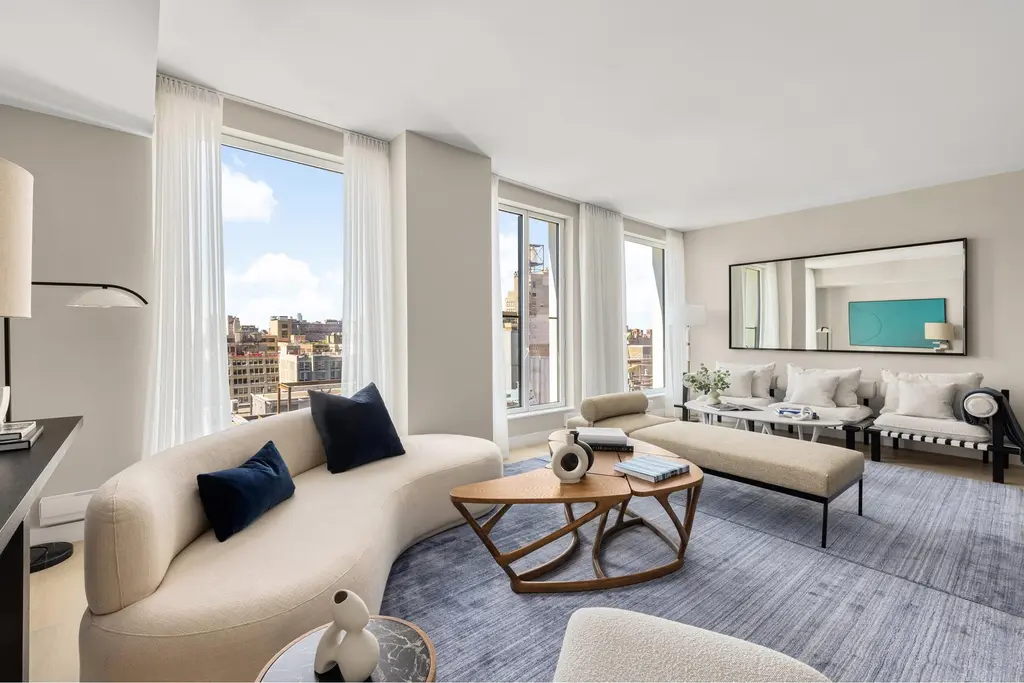
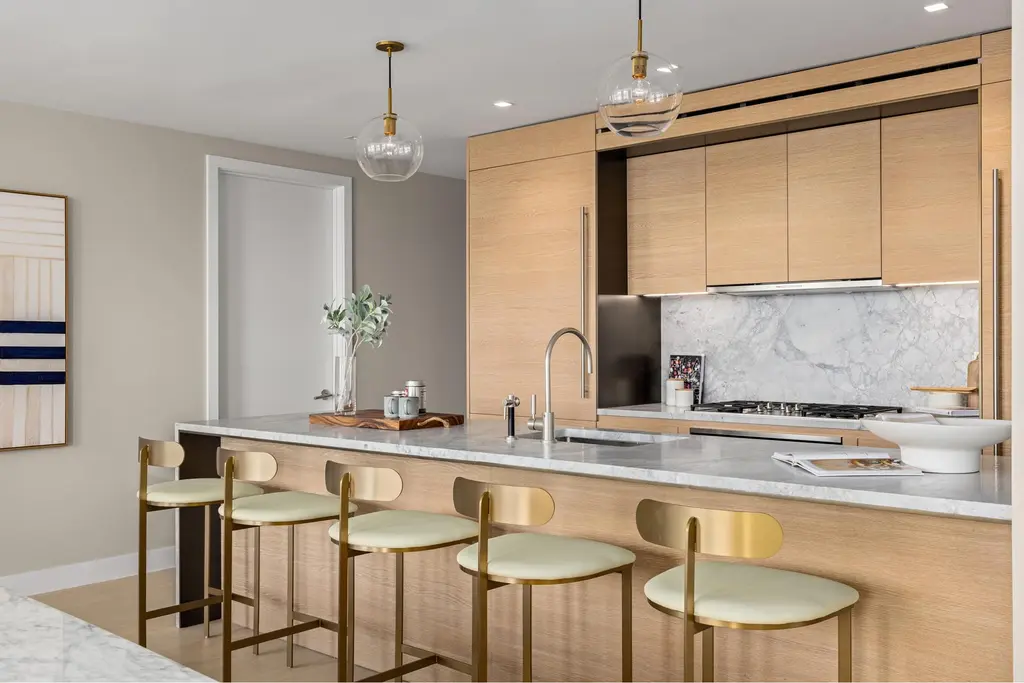
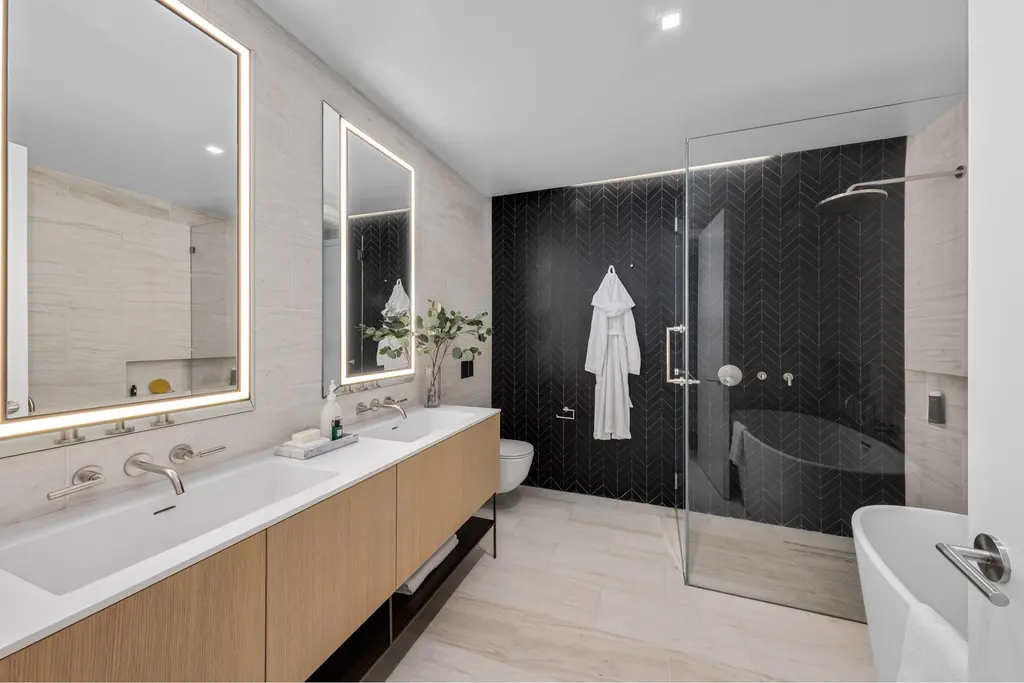
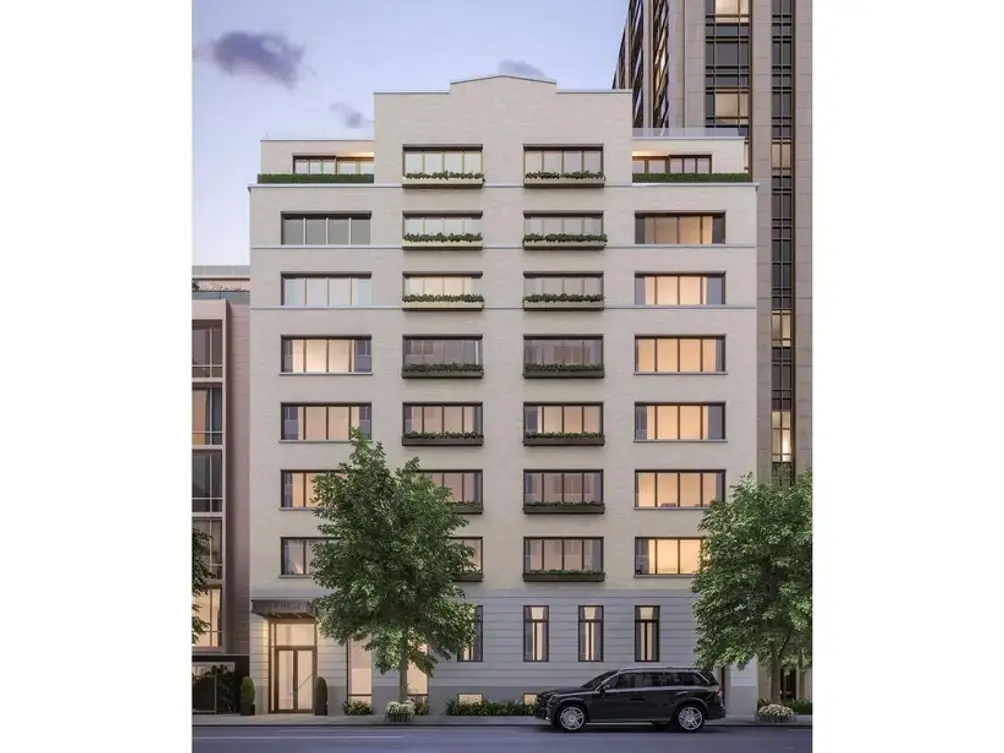 The Boutique At Gramercy Square
The Boutique At Gramercy Square
The Boutique at Gramercy Square, #4
$6,750,000 (-5.9%)
Gramercy Park | Condominium | 4 Bedrooms, 4.5 Baths | 3,377 ft2
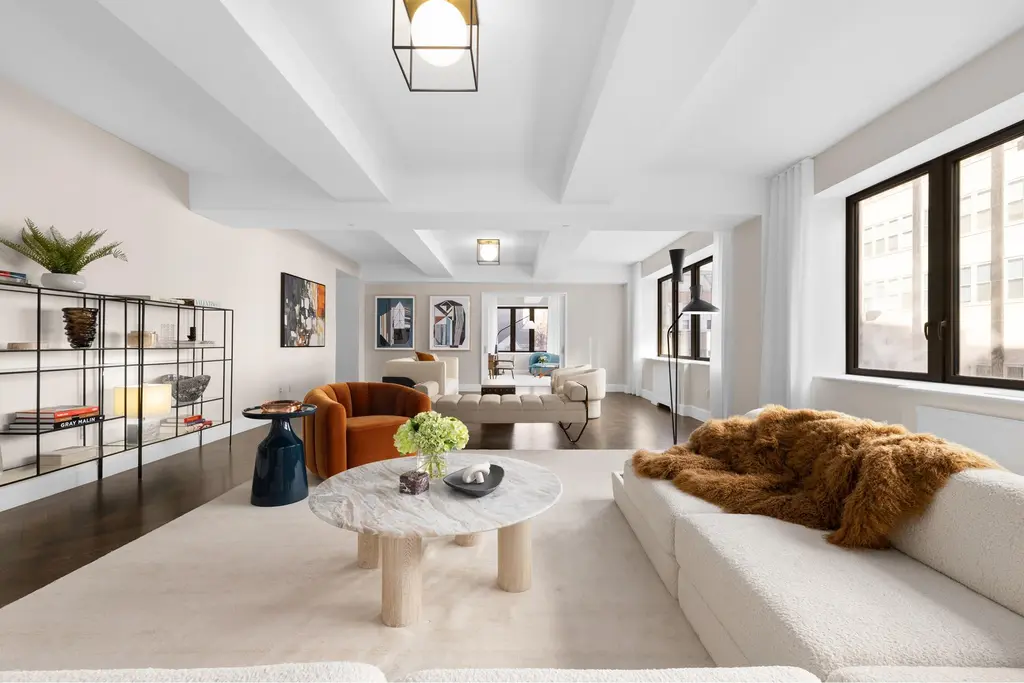
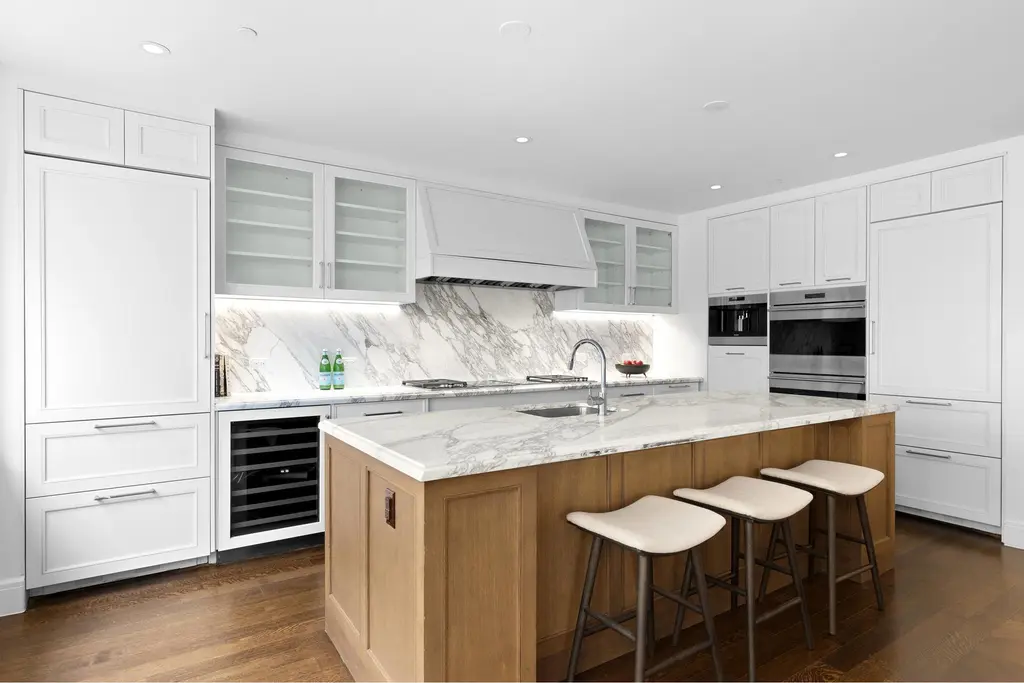
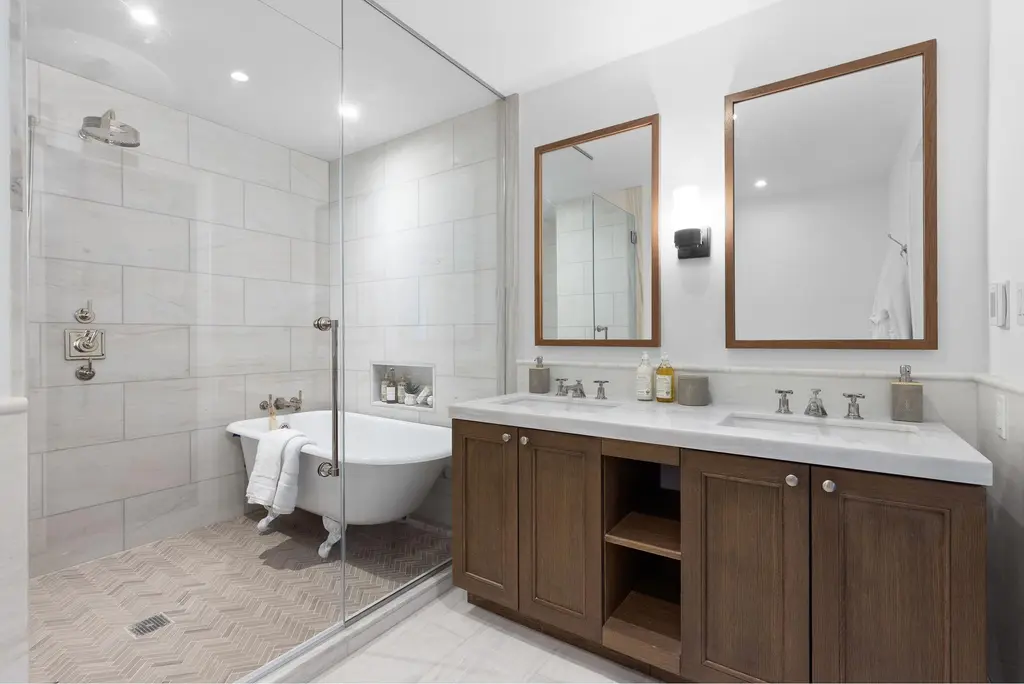
 One Wall Street (DBOX for Macklowe Properties)
One Wall Street (DBOX for Macklowe Properties)
One Wall Street, #3404
$9,750,000
Financial District | Condominium | 3 Bedrooms, 3.5 Baths | 2,972 ft2
1289 Lexington Avenue, #18A
$9,750,000
Carnegie Hill | Condominium | 5 Bedrooms, 5.5 Baths | 3,609 ft2
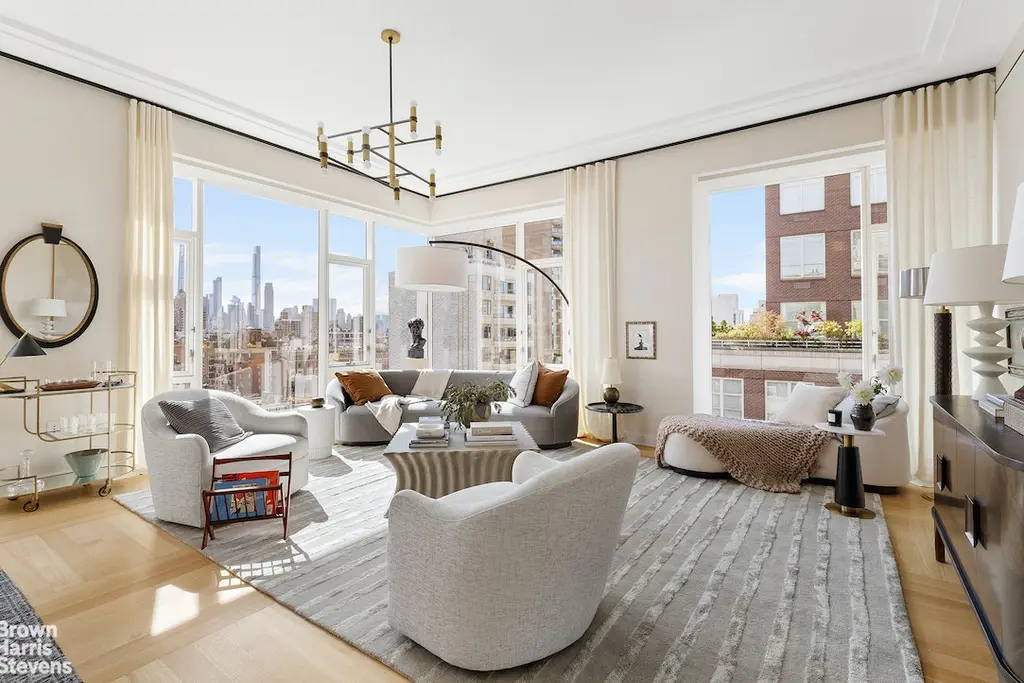
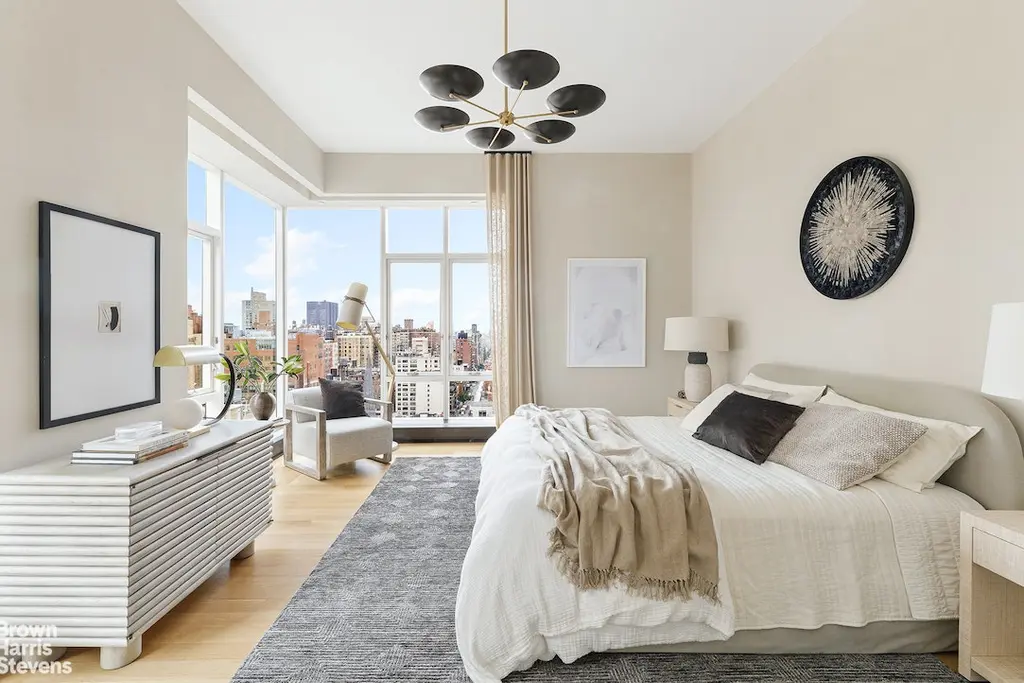
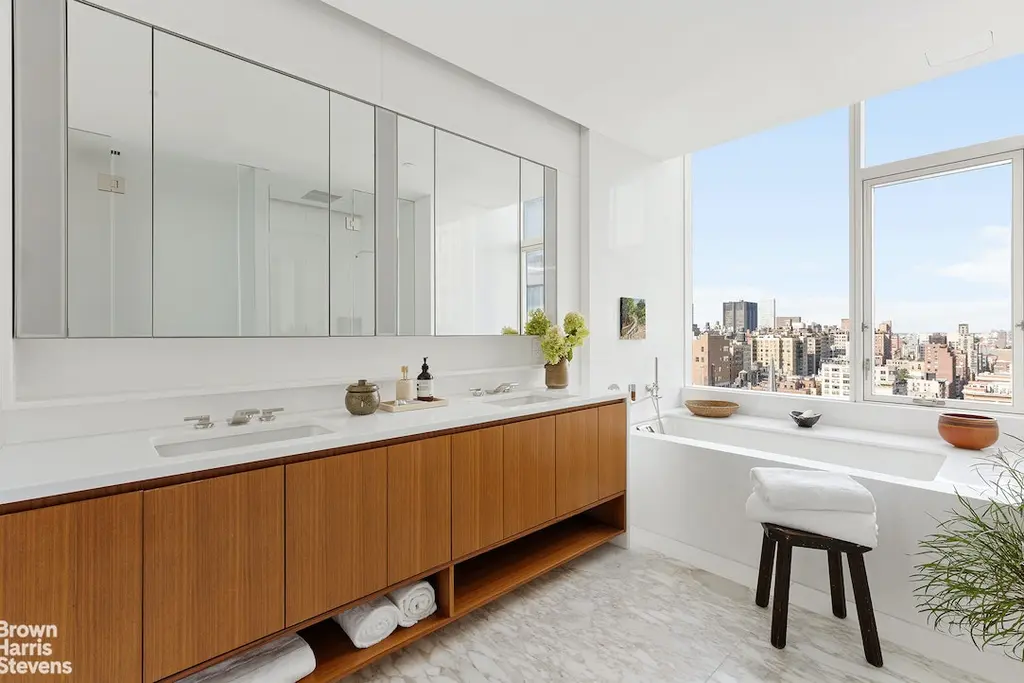
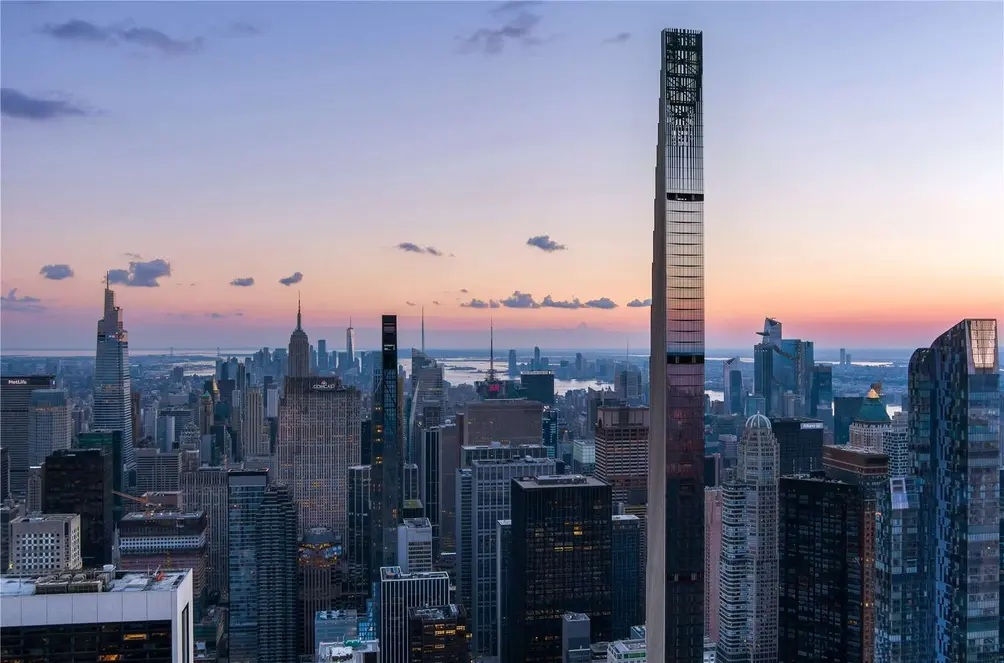 (Photography Credit: David Sunberg)
(Photography Credit: David Sunberg)
Sutton Tower, #PH76
$21,000,000 (-16%)
Beekman/Sutton Place | Condominium | 4 Bedrooms, 4.5 Baths | 4,595 ft2
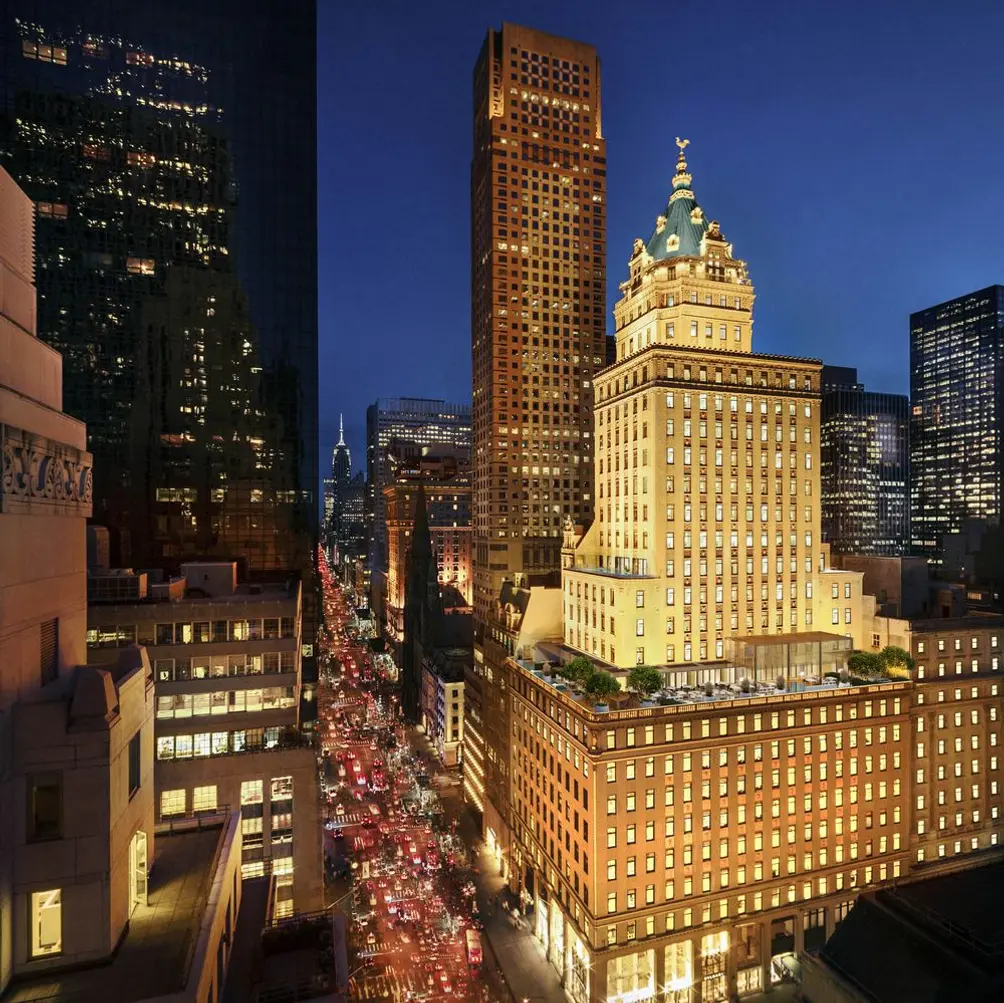 Aman New York, 730 Fifth Avenue
Aman New York, 730 Fifth Avenue
Aman New York Residences, #18A
$47,000,000
Midtown West | Condominium | 3 Bedrooms, 3.5 Baths | 3,746 ft2
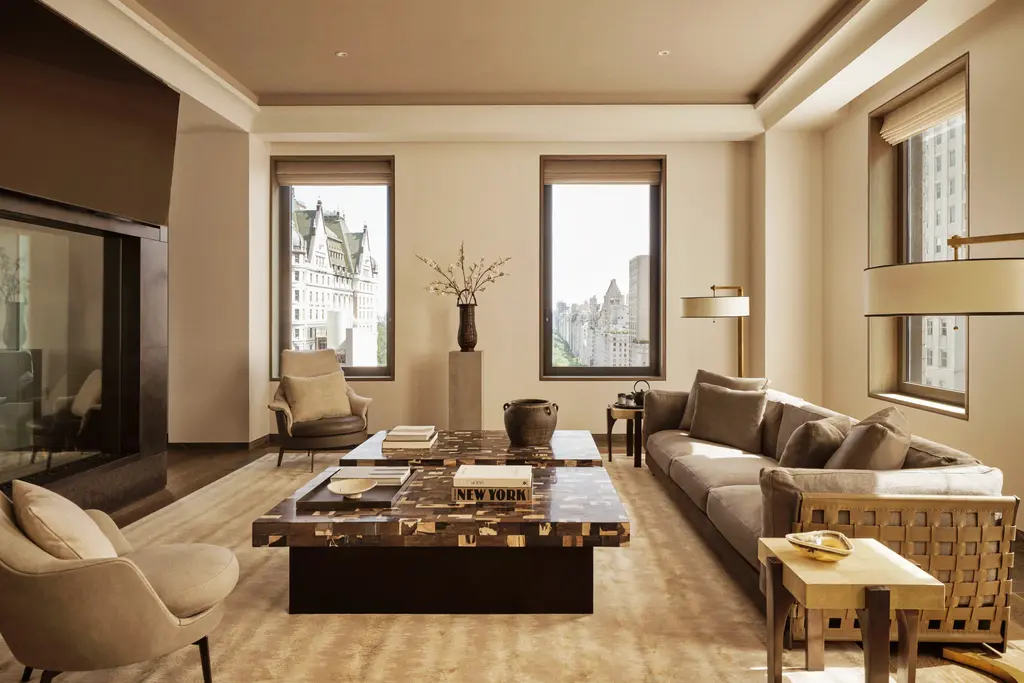
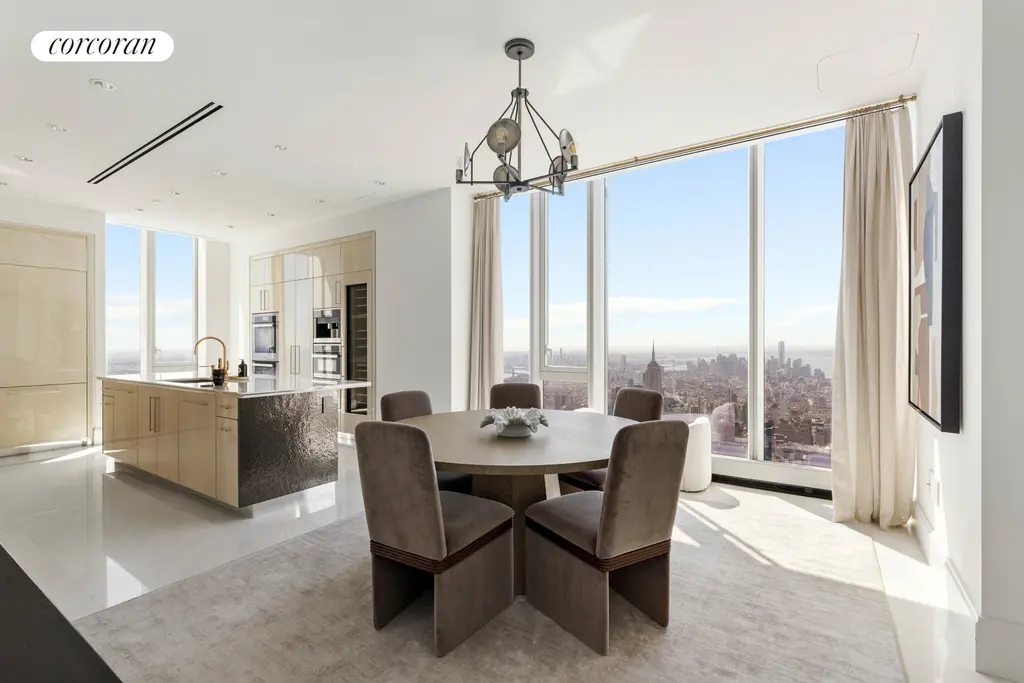



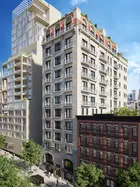
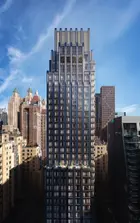
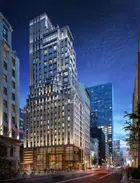
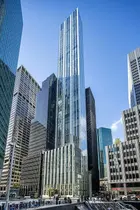
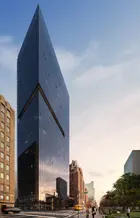
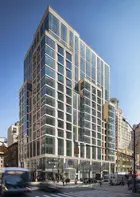
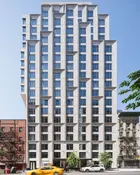
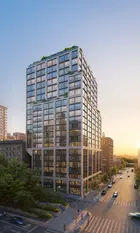
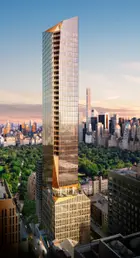
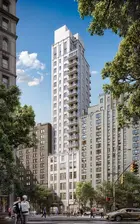
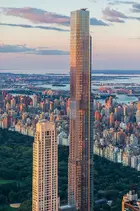


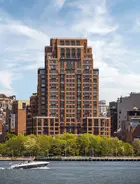
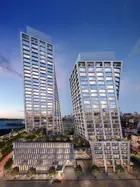
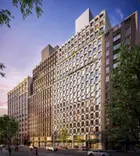
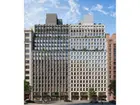
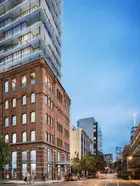
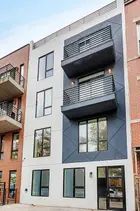
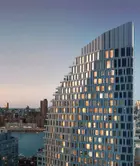
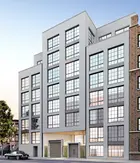
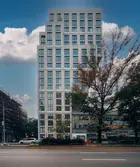
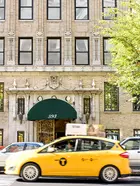
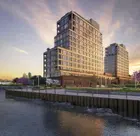
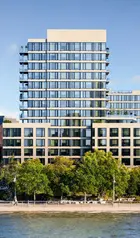
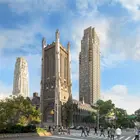
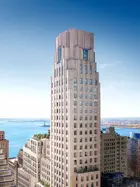
 6sqft delivers the latest on real estate, architecture, and design, straight from New York City.
6sqft delivers the latest on real estate, architecture, and design, straight from New York City.
